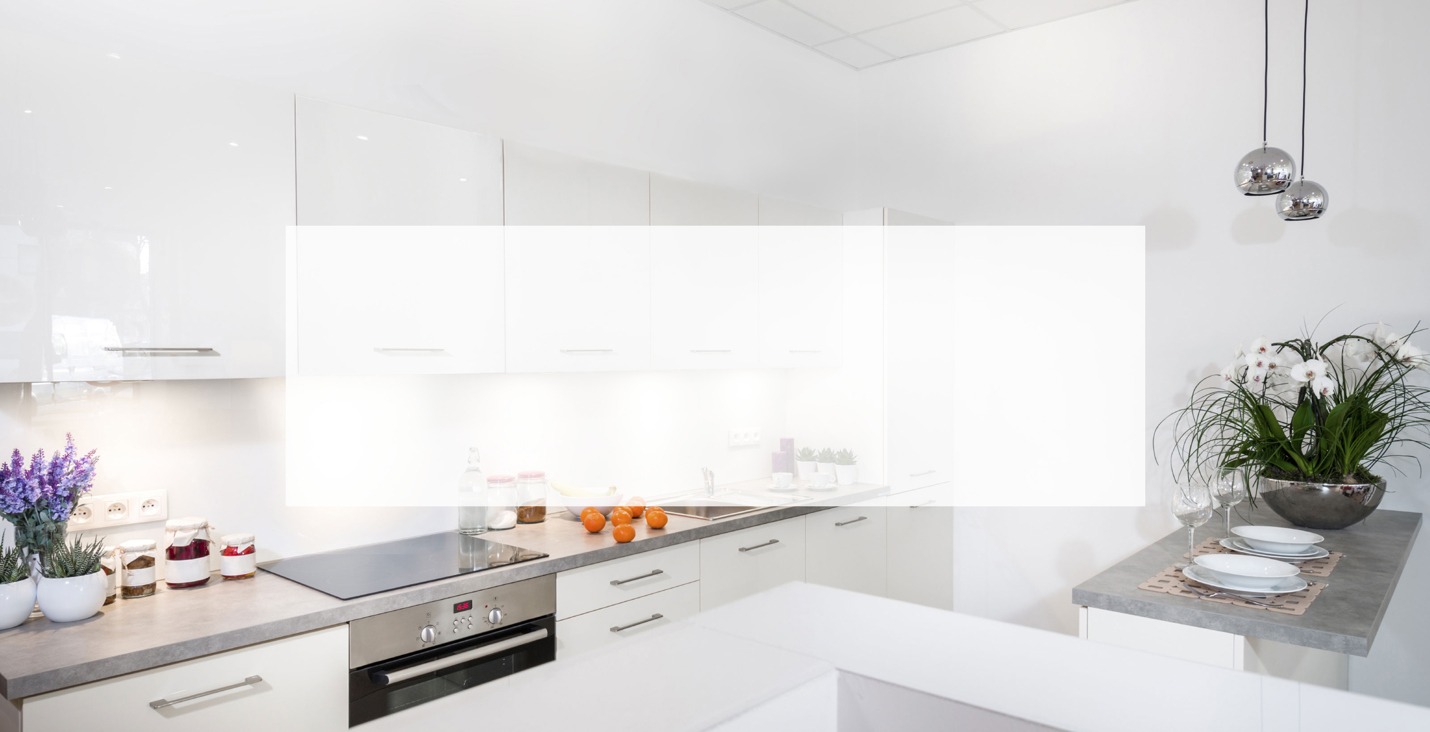
The value of smart investments
Views on ventilation system investments are evolving constantly, and we are now taking a more long-term view of investment, unlike a few years ago, when the focus was only on the initial cost and the “cheapest” option. We now know that the right price is not always the lowest price.
There is much to be gained by considering the entire investment throughout the useful life of the system as opposed to only the up-front cost, since the running costs account for most of the total investment. This is usually referred to in terms of calculating the Life-Cycle Cost (LCC) of the product or system, meaning the cost of investing, maintaining, operating and then ultimately dismantling or scrapping it.
Life-Cycle Cost
Sourcing new systems? When evaluating quotes and bids for your project, you’ll need to check whether they are based on LCC (Life-Cycle Cost). The LCC is the total cost of an asset throughout its life. This means that the whole-life cost, as it is also known, includes the initial investment plus the subsequent operating and maintenance costs.
One reason why LCC analysis is important in sourcing new technology is, for example, that the energy costs of the equipment are typically much higher than the original investment. LCC costings usually reveal that the initial outlay is a small fraction of the total cost; at times as little as 10%. Operation and maintenance make up the remaining 90%.
The main components in calculating LCCs are:
- Energy costs for the whole life of the equipment
- Initial outlay on the equipment
- The maintenance costs for the equipment, including the costs of stoppages and the like
Minimise operating costs
One way of minimising operating costs is to invest in an efficient ventilation system with heat recovery and demand-control. This saves energy and thereby reduces the energy costs for the entire property. The cost of heating and ventilation is a substantial expenditure item in building operation costs.
But by supplementing demand-controlled ventilation with a system solution, there is even more to be gained: halved installation time, automatic configuration, reliable wireless communication and simplified maintenance.
The other advantages of opting for a ventilation system with demand-control is that it enhances occupant comfort and minimises the risk of disease caused by radon, moulds and allergens, as the ventilation is based on actual demand and the actual moisture and pollutant load.
Learn more about:

Tips for profitable investment in the long-term (LCC)
- Install a heat recovery system
- Implement demand-control
- Check the air flow
- Continuous scheduled maintenance
- Upgrade to EC fans
We are here to help!
Do you want more information? Fill in the form below and we'll get back to you.


